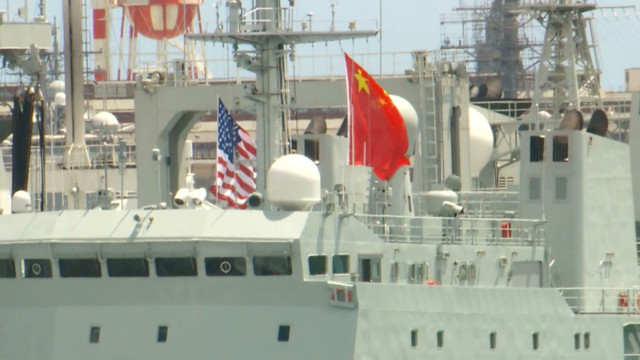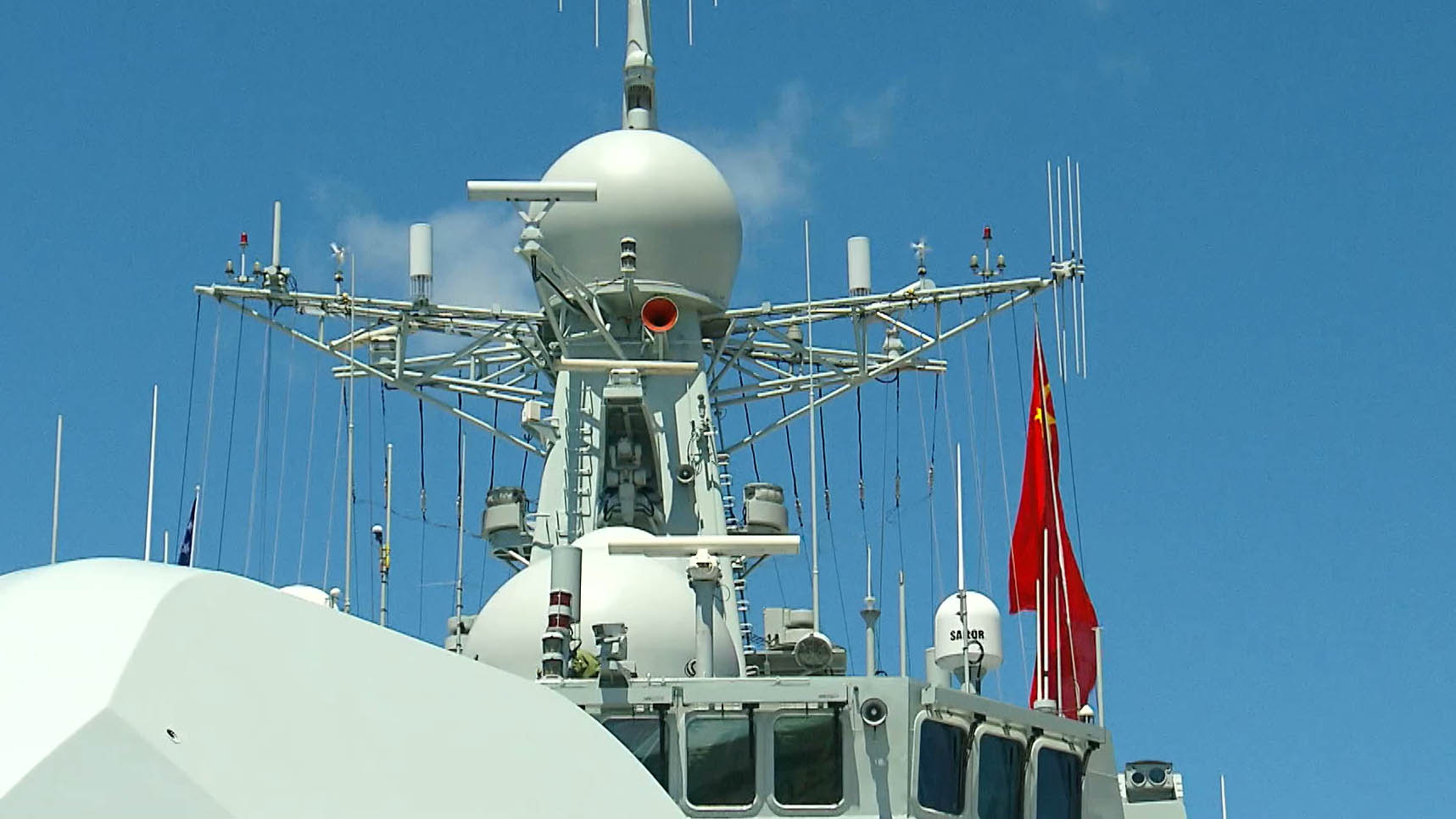China had been working together with more than 20 nations at the world’s largest naval exercise, RIMPAC 2016, in the Pacific, as the South China Sea arbitration result came out on Tuesday.
CCTV America’s Nathan King reports from Hawaii.

As the Chinese guided missile destroyer Xi’an heads out to cooperate with U.S. hosts and over 20 other navies of the Pacific at Pearl Harbor, there are questions regarding what will happen at the end of the exercises when they go back to their national navies and follow orders – will there be heightened tensions as the result of the South China Sea arbitration?
The arbitration result could lead to more U.S. patrols off features claimed by China by ships like the aircraft carrier Stennis.
In the short term, however, experts like Denny Roy from the East-West Center in Honolulu don’t believe there will be much change. In fact, Roy argued the arbitration result will become another test of how China and U.S. can manage their differences.
It becomes vital that the two navies know each other and work to avoid misunderstandings at sea which could trigger a crisis.
Cooperation and competition are not always easy to balance, but are vital for peace and prosperity across the Pacific.
 CGTN America
CGTN America


